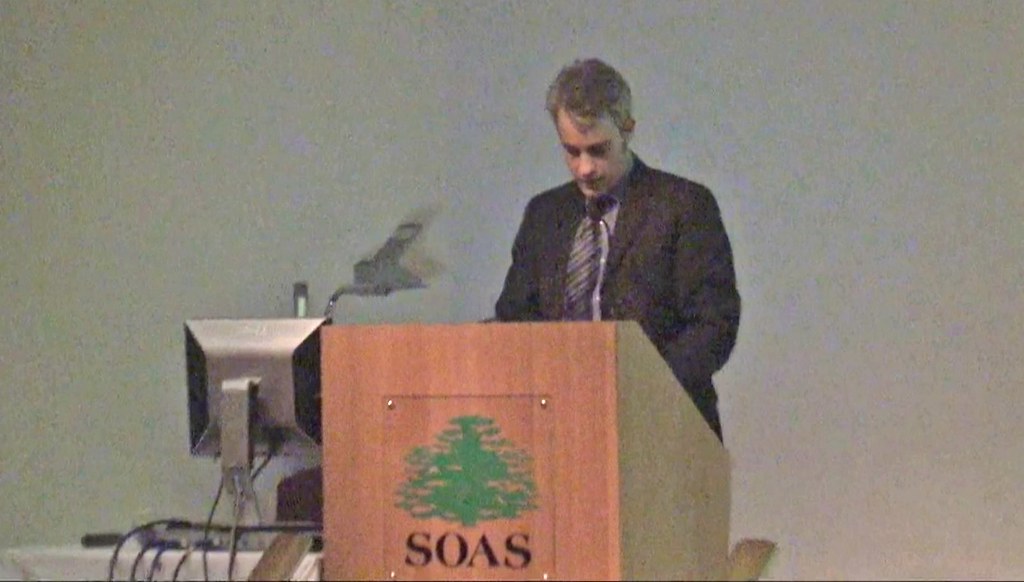
Friday, 7th March 2008
Brunei Gallery Lecture Theater
Jaina Art & Architecture
10th Jaina Studies Workshop at SOAS
 Lecture: "Orienting Jaina Polity: Temple Building in Vijayanagara-Period Kanara", John Henry Rice, History of Art Department, University of Pennsylvania, Philadelphia
Lecture: "Orienting Jaina Polity: Temple Building in Vijayanagara-Period Kanara", John Henry Rice, History of Art Department, University of Pennsylvania, Philadelphia
John Henry Rice
History of Art Department, University of Pennsylvania, Philadelphia
Orienting Jaina Polity: Temple Building in Vijayanagara-Period Kanara
Abstract:
Karnataka’s narrow coastal zone known as Kanara underwent profound economic, political, social, and religious transformations during the Vijayanagara period. The region became the primary international trade and communications link for the upland empire, and a multi-layered structure of interlocking local and extraterritorial tiers of authority was developed for its oversight. Crucial to the functioning of this complex regime was the rapid rise of a constellation of semi-autonomous chieftaincies responsible for the direct administration of the bulk of this territory. Though their origins remain unclear, several of the most prominent of these local ruling houses were Digambara Jains, who in the course of their ascendancies constructed impressive political capitals and religious centres in the coastal zone.
As part of a larger project tracing the multiple ways in which monumental religious architecture was employed in processes of political and social negotiation between this peripheral zone and the hegemonic centre, I examine two distinctive classes of temples built by these Jaina chiefs. I argue that Kanara’s longitudinal bastis - a typology developed from the earliest years of Jain political presence in the region and finding its clearest expression in the 15th-century Tribhuvana Cūdāmaṇi Caityālaya at Muḍabidri - were frequently utilized by their patrons to embody and reinforce the cooperative and symbiotic aspects of the relationship between Kanara’s Jain chieftains and their ultimate overlords at the Vijayanagara capital. By contrast, I interpret a series of caturmukha bastis built in the region as indicative of subsequent fractures in this negotiated accord. From the mid-16th century, with centralized authority on the wane, the local Jaina chiefs were at last able to assert fully their own political ambitions, and I propose that one method by which they alleged their budding autonomy was through the development and deployment of a monumental architectural type evocative of universal kingship. I employ both formal and inscriptional evidence to support my assertions that Kanara’s Jaina bastis were not just monuments imbued with complex religious symbolism, but simultaneously were constructions used to clarify the positioning of Kanara’s Jaina polities within the complex political landscape of early modern South India.
10 minutes on video:
Full SpeechAudio:
|
 John Henry Rice
John Henry Rice